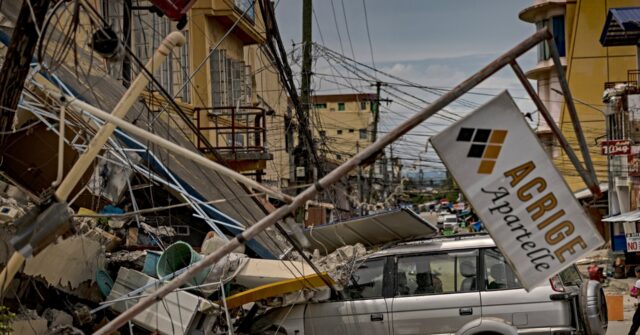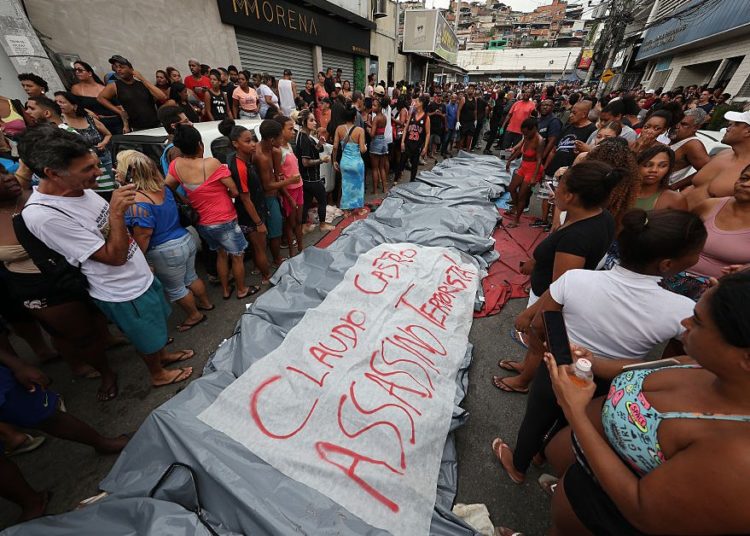At least 72 people have been killed and more than 200 others were injured after a 6.9-magnitude earthquake struck the central Philippines on Tuesday night.
The powerful earthquake transpired at around 10:00 p.m., trapping an unspecified number of residents in collapsed houses, nightclubs, and other businesses in the coastal city of Bogo, as well as rural towns in the nation’s Cebu province, according to a report by Associated Press.
On Wednesday, Army troops, police, civilian volunteers, and sniffer dogs went house-to-house to search for survivors. Half of the deaths were reported to have been in Bogo, a city home to around 90,000 residents, officials said.
The death toll, however, is reportedly expected to rise, with officials saying that sporadic rain, as well as damaged bridges and roads have been obstructing their effort to quickly save lives.
“We’re still in the golden hour of our search and rescue,” Office of Civil Defense Deputy Administrator Bernardo Rafaelito Alejandro IV said. “There are still many reports of people who were pinned or hit by debris.”
Alejandro added that the Philippine government is considering asking foreign governments for help.
Emergency personnel tried to transport a backhoe in order to speed up search and rescue efforts in a collection of small shacks nestled in a mountain village that was hit by a landslide and boulders, Bogo disaster-mitigation officer Rex Ygot told Associated Press.
“It’s hard to move in the area because there are hazards,” Glenn Ursal, another disaster mitigation officer, said.
Deaths also were reported from the remote towns of Medellin and San Remigio, where three coast guard personnel, a firefighter, and a child were killed by collapsing walls and falling debris as they tried to flee to safety from a basketball game in a building that was shaken by the quake, town officials told the outlet.
The Philippine Institute of Volcanology and Seismology, meanwhile, had briefly issued a tsunami warning advising the public to steer clear of the Cebu coastlines and the nearby provinces of Leyte and Biliran, anticipating waves of up to three feet — but the warning was lifted hours later, as no waves were reported.
Nonetheless, thousands of worried residents reportedly refused to return to their homes, choosing to stay in open fields and parks overnight, despite being hit by rain.
Moreover, by the time the earthquake hit, residents from Cebu and other provinces were still recovering from a tropical storm that had struck on Friday, knocking out power in entire cities and towns, and leaving at least 27 people dead — mostly due to drownings and falling trees.
More than 600 aftershocks were also detected after Tuesday’s earthquake, according to Philippine Institute of Volcanology and Seismology director Teresito Bacolcol.
“This was really traumatic to people,” Bacolcol said. “They’ve been lashed by a storm then jolted by an earthquake. I don’t want to experience what they’ve gone through.”
Notably, the Philippines is one of the world’s most disaster-prone countries, experiencing about 20 typhoons and storms each year, and often struck by earthquakes and volcanic eruptions.
Alana Mastrangelo is a reporter for Breitbart News. You can follow her on Facebook and X at @ARmastrangelo, and on Instagram.
The post Pictures: Scores of People Dead After 6.9-Magnitude Earthquake in Philippines appeared first on Breitbart.




